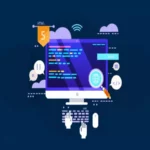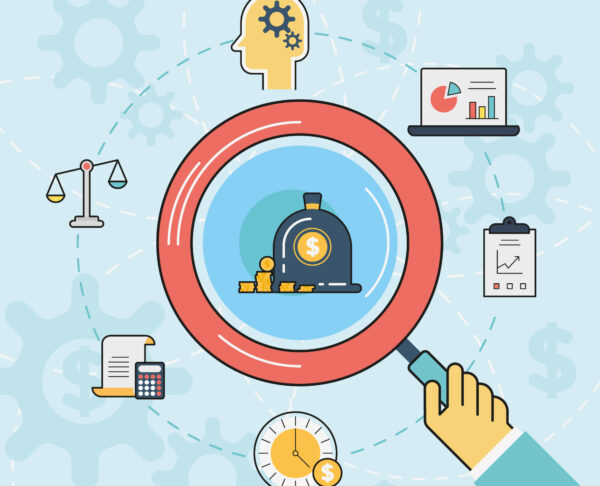Introduction:
In a digital age where data breaches and cyberattacks have become all too common, the role of developers in cybersecurity has never been more critical. As architects of digital innovation, developers hold the responsibility of not only creating cutting-edge applications but also fortifying them against evolving cyber threats. This blog sheds light on the essential cybersecurity practices that developers must adopt to safeguard their code and data, ensuring the integrity and security of their digital creations.
The Evolving Landscape of Cyber Threats:
Cyber threats are constantly evolving, necessitating proactive measures to secure software and data. Developers play a pivotal role in building a resilient defense against these threats by implementing best practices and staying informed about the latest cybersecurity trends.
- Secure Coding Principles:
Secure coding practices are the foundation of robust cybersecurity. Explore techniques such as input validation, proper authentication, and output encoding that prevent common vulnerabilities like SQL injection and cross-site scripting.
- Threat Modeling:
Threat modeling enables developers to identify potential security vulnerabilities early in the development process. Learn how to analyze attack vectors and devise strategies to thwart potential threats.
- Secure Communication:
Encryption is key to protecting sensitive data during transmission. Discover how implementing secure communication protocols like HTTPS and Transport Layer Security (TLS) can prevent eavesdropping and data interception.
- Regular Updates and Patch Management:
Vulnerabilities can emerge even after deployment. Understand the importance of continuous monitoring, regular updates, and efficient patch management to address newfound vulnerabilities and maintain application security.
- Authentication and Authorization:
Proper authentication and authorization mechanisms are paramount for controlling user access. Delve into practices such as multi-factor authentication and role-based access control to ensure data integrity.
- Secure APIs:
APIs serve as gateways to valuable data. Learn how to implement security measures, such as API authentication, rate limiting, and input validation, to protect APIs from unauthorized access and attacks.
- Code Review and Testing:
Thorough code reviews and testing uncover hidden vulnerabilities. Explore static and dynamic analysis techniques and tools that identify security flaws before they are exploited.
- DevSecOps Integration:
DevSecOps integrates security into the development process, ensuring that security measures are seamlessly woven into the application lifecycle. Discover how this approach enhances security while maintaining development agility.
- User Data Protection:
With privacy regulations like GDPR and CCPA, protecting user data is paramount. Understand data anonymization, consent management, and privacy by design principles to align with these regulations.
- Continuous Learning and Collaboration:
The cybersecurity landscape evolves rapidly. Embrace a culture of continuous learning and collaboration to stay updated on emerging threats and share knowledge within the developer community.
Conclusion:
In the digital ecosystem, developers are the gatekeepers of security, tasked with protecting data, applications, and users from ever-present cyber threats. By embracing robust cybersecurity practices, developers contribute to a safer online world, fortifying the foundation of digital innovation. As they weave security measures into their code, they build a resilient shield against breaches and attacks, ensuring that the digital future remains a realm of possibilities rather than vulnerabilities.




